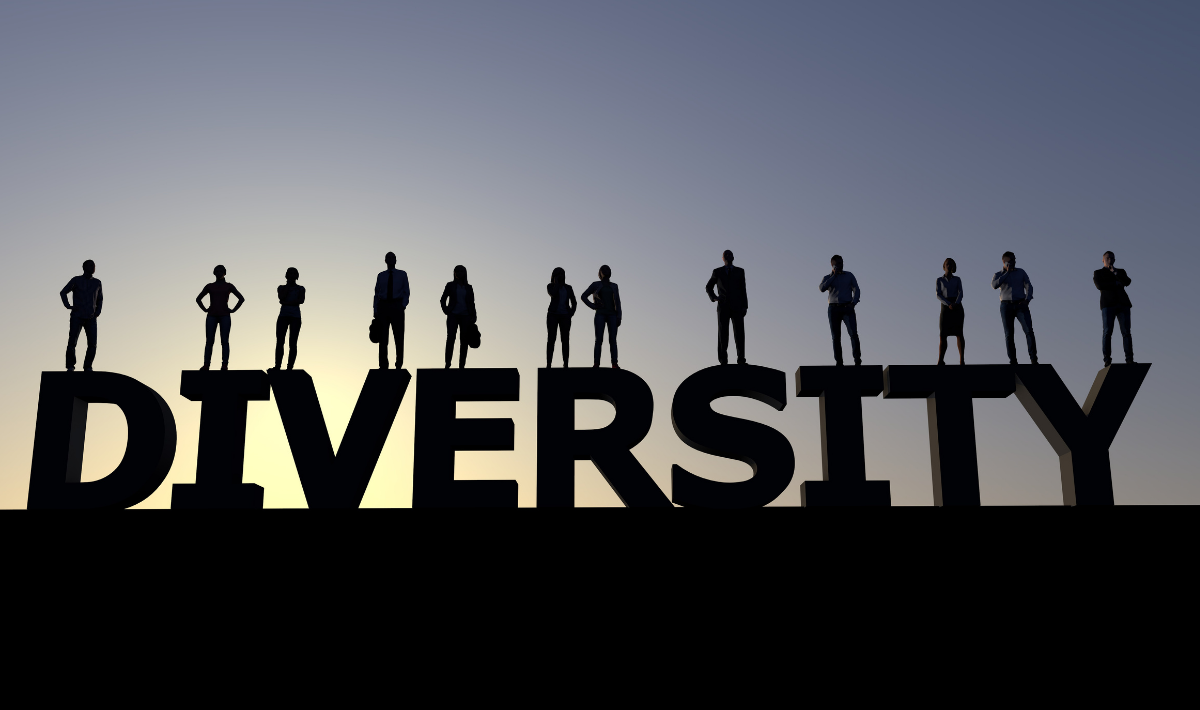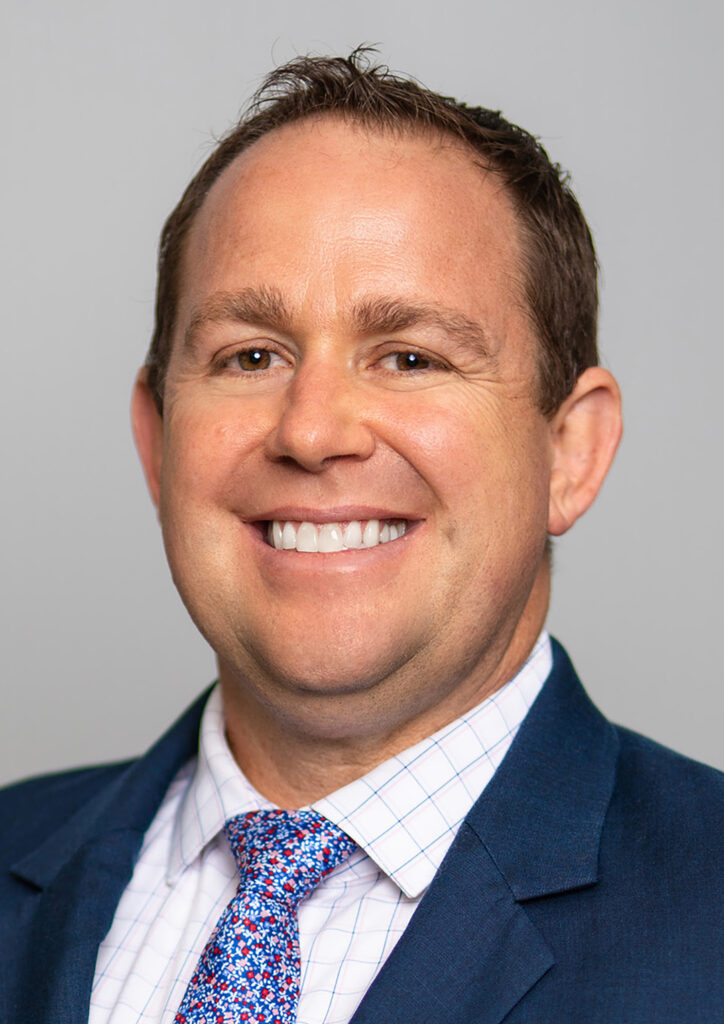By Emmet Scott, President, Association of Dental Support Organizations
This past year, our country has responded to the growing acts of senseless racial violence with a renewed commitment to diversity, equity, and inclusion. As we look toward the future of dentistry, the dental industry must be a part of that response.
I am proud of how ADSO members are at the forefront of advocating diversity. ADSO’s recent survey of our members showing that nearly 39% of DSO-supported dentists are of racial/ethnic minorities, compared to the industry average of 30% as reported by the American Dental Association Health Policy Institute’s (ADA HPI) recent study on the dentist workforce. DSOs are leading the charge by listening to their dental practices and generating awareness both internally within their teams and externally with the communities they serve. Even though DSOs are ahead of the trend, we can and must do more.
According to the ADA HPI study on the dentist workforce, “Hispanic and Black dentists … are proportionally less represented in the profession when compared to the U.S. population.” As dental professionals and leaders, advocating for increased representation in our organizations is critical to providing informed care to the underrepresented populations we serve. Having a culturally competent team has been proven to increase a healthcare providers’ ability to address the social determinants of health impacting patients.
And the DSO model is strategically positioned to help promote diversity. In fact, Oral Health Workforce released a report in 2017 about DSO trends and found that “when placing dentists in a community, the DSO considers the local population. DSOs make an effort to have a diverse workforce.” DSOs are built to understand the environment across regions and in communities which help to create and foster diversity in the workplace. Our progress with gender distribution and female representation is also improving. According to the ADA HPI, “between 2010 and 2020, the percentage of female dentists in the workforce increased from 24% to 35%.” In the Oral Health Workforce 2017 report, “the percentage of female dentists working in DSOs has increased, partly because there are more female dentists in the workforce and partly because the workplace flexibility in DSOs is appealing.”
While there is more to understand in the current landscape of the dental industry, ADSO’s recent survey of members showed that 31% of dental hygienists in member-supported practices are of racial/ethnic minorities, and 29% of DSO-supported dentists are female. DSOs are recruiting and retaining a diverse workforce. This is only one step in improving the access and diversity in our community. The entire dental industry needs to drive towards improving talent acquisition, team support and experience, and community engagement to expand access to care and improving oral health outcomes for patients.
Health Policy Institute. (2021, February). The Dentist Workforce – Key Facts (Rep.). See: https://www.ada.org/~/media/ADA/Science%20and%20Research/HPI/Files/HPIgraphic_0221_1.pdf?la=en
Oral Health Workforce Research Center. (2017). Trends in the Development of the Dental Service Organization Model: Implications for the Oral Health Workforce and Access to Services (Rep.). See: https://oralhealthworkforce.org/wp-content/uploads/2017/09/OHWRC_Trends_in_Dental_Service_Organization_Model_2017.pdf






